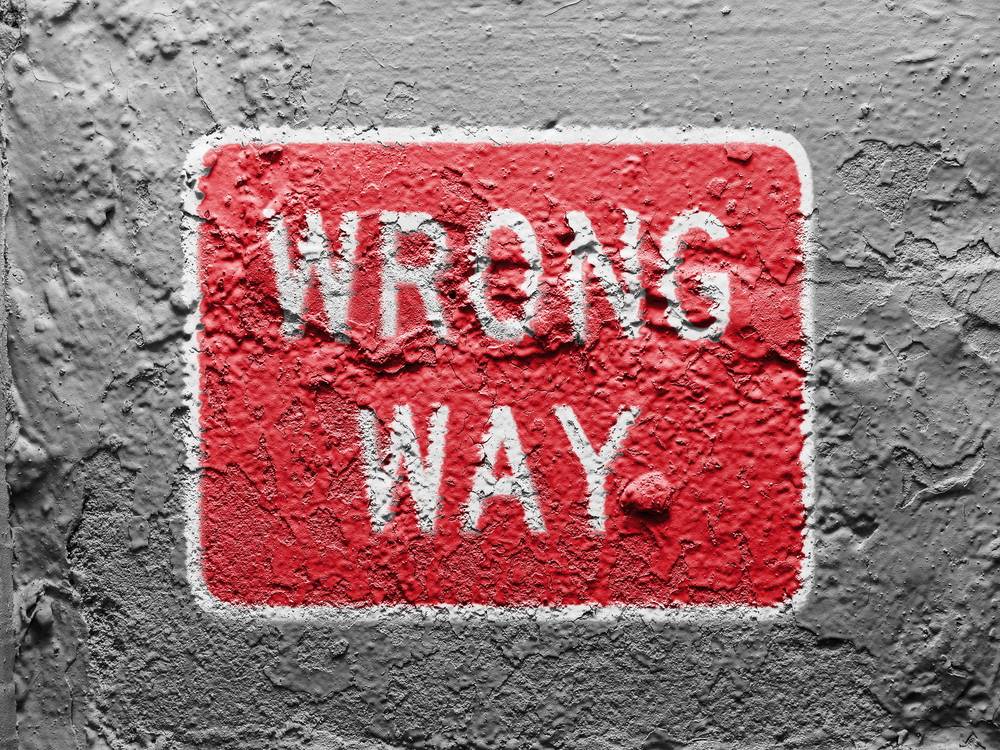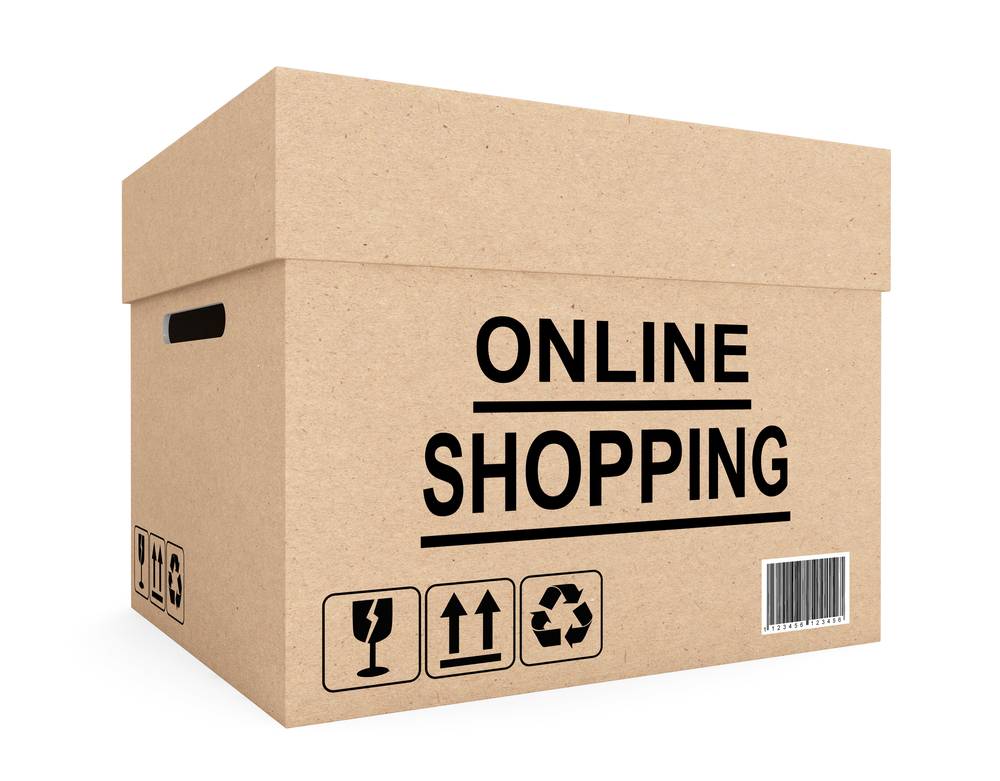The bounce rate of your e-commerce store is an important metric that can help you understand how well your site is able to engage with potential customers. This metric can typically be found within Google Analytics and forms part of a wider analysis of your websites traffic.
But what does bounce rate mean? Well, in simple terms, it’s all do do with the percentage of visitors that decide to up and run from a website after only perusing a page or two. It’s the e-commerce equivalent of strolling down the high street or shopping mall, glancing at a shop window, and thinking “oh, no thanks. I’m not going in there”. Not good news for online store owners at all!
Therefore, (and rather obviously) e-commerce stores want their bounce rate to be as small as possible. A low bounce rate means that potential customers are landing on one of your sites pages and thinking “hey this is interesting, let’s have a of a look around”.
To avoid turning your e-commerce store into an online virtual trampoline, you want to make sure that your content is engaging, or even alluring, so that potential customers are encouraged to stick around. This means that users need to be able to find what they’re looking for quickly and easily; that your website is easy to use, doesn’t take ages to load and isn’t buggy; and that your sites search engine optimisation (SEO) and digital marketing is on point so that you are attracting the correct target audience to your site. After all, even if you have the most alluring website on the internet, if you’re a meat-selling e-commerce store, then a vegan isn’t going to want to hang about.
One of the reasons that bounce rate is so important is because its closely tied into your sites conversion rate optimization (CRO). In other words, the longer people have a look around your e-commerce store the more likely you are to convert that potential customer into the all-important paying customer.
Bounce Rate and Exit Rate – What’s the difference?
Understandably, the bounce rate metric and exit rate metric are often confused for one another but it’s important to be able to differentiate between the two. Bounce rate refers to how many customers exit, or ‘bounce’ out of the site’ after viewing only one page; whereas exit rate refers to each of the individual webpages on your site and how often potential customers exit your site from that specific page.
Therefore, each webpage has its own exit rate and is a metric that can be used to measure the efficacy of a single webpage, but the bounce rate is better for placing a measure on how engaging your site is as a whole. Exit rate is more indicative of where a potential customer decides to end their browsing, whereas a high bounce rate means that they were so put off they wanted to jump out straight away.
Of course, a high exit rate is not always a bad thing. Ideally, you want your customer receipt/invoice page to be the page with the highest exit rate.
Bounce Rate and Google Ranking
A quick Google search of ‘E-commerce store’ produces “about 1,180,000,000 results”. And this eye-wateringly high number is pretty normal for the results of a Google Search.
As the owner of an e-commerce store, you want your site to be as high up within that number as possible. Along with various other SEO techniques, the Google algorithm uses a sites Bounce Rate as one of the key metrics to rank websites within its search results.
The algorithm knows what kind of content web users like and what kind of content they just ‘bounce’ right out of. A lower bounce rate means you’ll be higher up in the results rankings.
So, how do I Improve my Bounce Rate?
Target your target audience
As obvious as this sounds, make sure that your site is optimised for its target audience. If you’re an electrical parts wholesaler, then make sure your e-commerce site includes as many relevant keywords as possible.
Spend time researching what kind of content your customers typically look for in a Google search and be sure to include this in your site.
That way, you’ll help to ensure that you’re attracting people like electricians and not plumbers or carpenters who’ll just bounce right out.
Design
Compare your site to that of a high street shop. You wouldn’t go in an ugly shop that’s a maze to have a look around in. Your online e-commerce store is no different.
The importance of a site’s aesthetics, fast loading speed and ease of navigation cannot be overstated.
Avoid clutter or over-designing your site
Whilst this might sound a bit contradictory to the previous point, it’s important to make sure that you don’t over-do the designing of your site.
Yes, it is very important to make sure your site looks good with interesting features like auto-play videos, animated pop-ups, or even just good-looking pictures. But don’t overdo it.
Too many features can just easily put potential customers off, overwhelm them and cause them to jump straight out.
You want your web-design features to complement the main content and important stuff – the products. Think of your web-design features as subtle directional signposts that can direct potential customers towards new, popular, or promotional products.
External Links
Including links to external webpages is an important part of your sites SEO process. Although, it presents a rather obvious problem when trying to improve your bounce rate – when you click on them, you’re directed away from your site and bounce out to another one.
So, to avoid this make sure that your external links open in new windows ensuring that the customer remains on your site in their original window.
Social Media
Use social media as much as possible to promote your brand/business. Human beings like familiarity, so if a web user has seen or heard of your company before whilst scrolling through Instagram or Twitter then they’re going to be more likely to stick around.
Call-to-Action (CTA’s)
CTAs are icons or pop-ups that call your website users to take ‘action’. A typical example of this is the little icon that many websites use to get their customers to sign up to a month’s free trial.
The wording and presentation of these CTAs can be vitally important in terms of your sites bounce rate. They are a great way to draw in potential customers and can be used to direct customers towards signing up to a monthly newsletter, a free trial or even making a purchase.
Avoid bland and boring CTAs like “sign up”. They’re not going to entice anyone.


